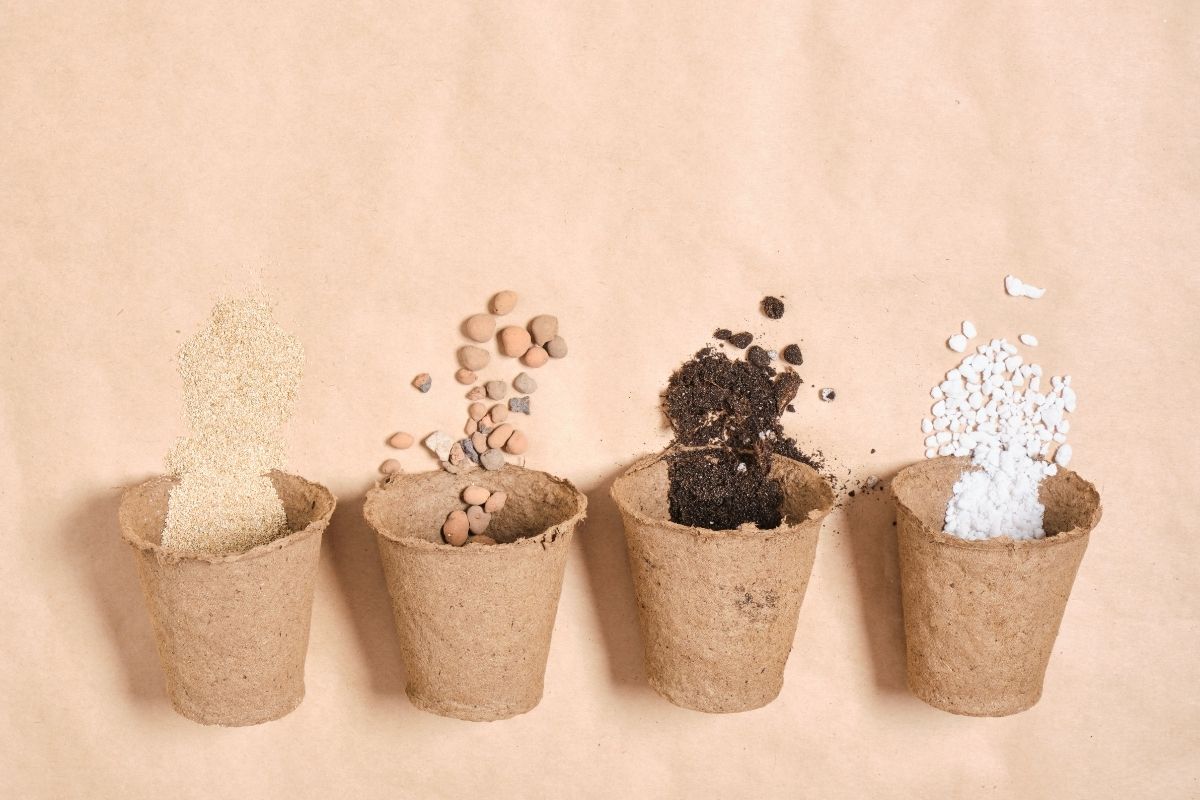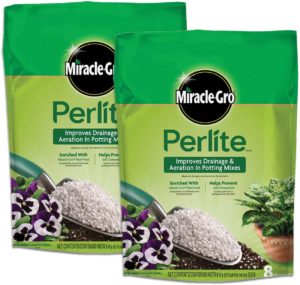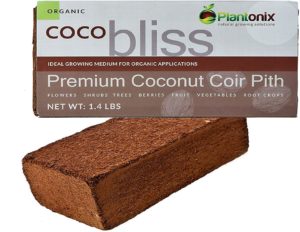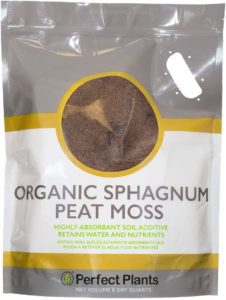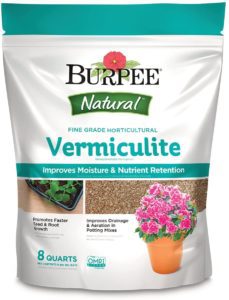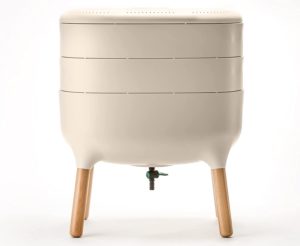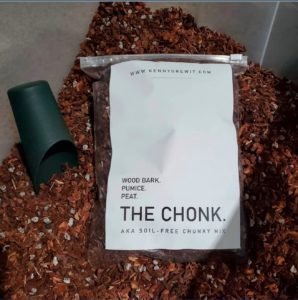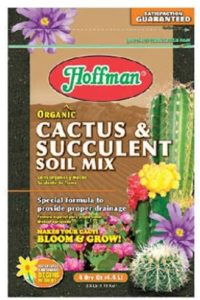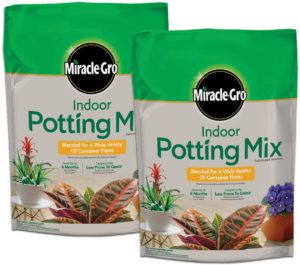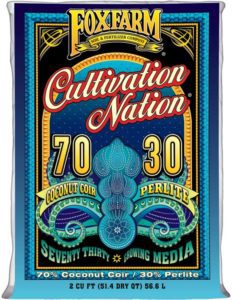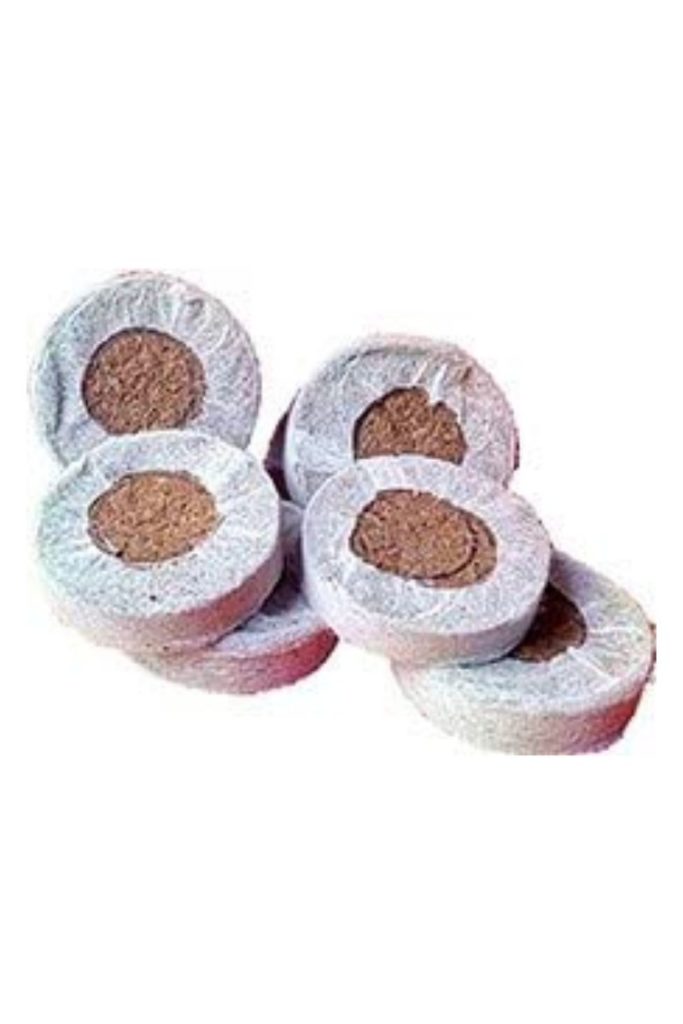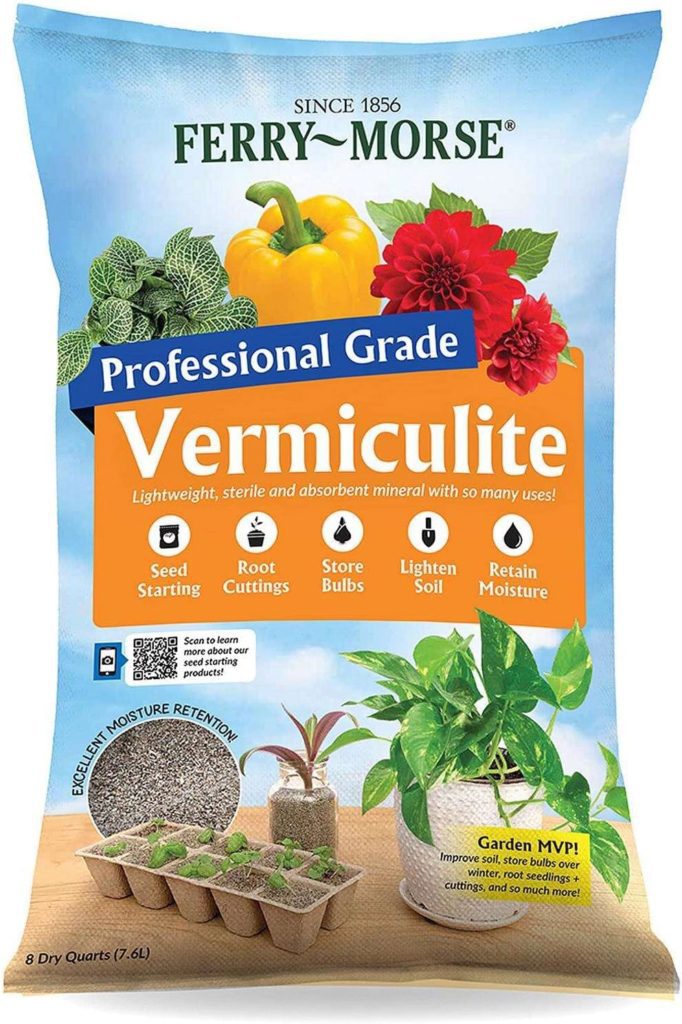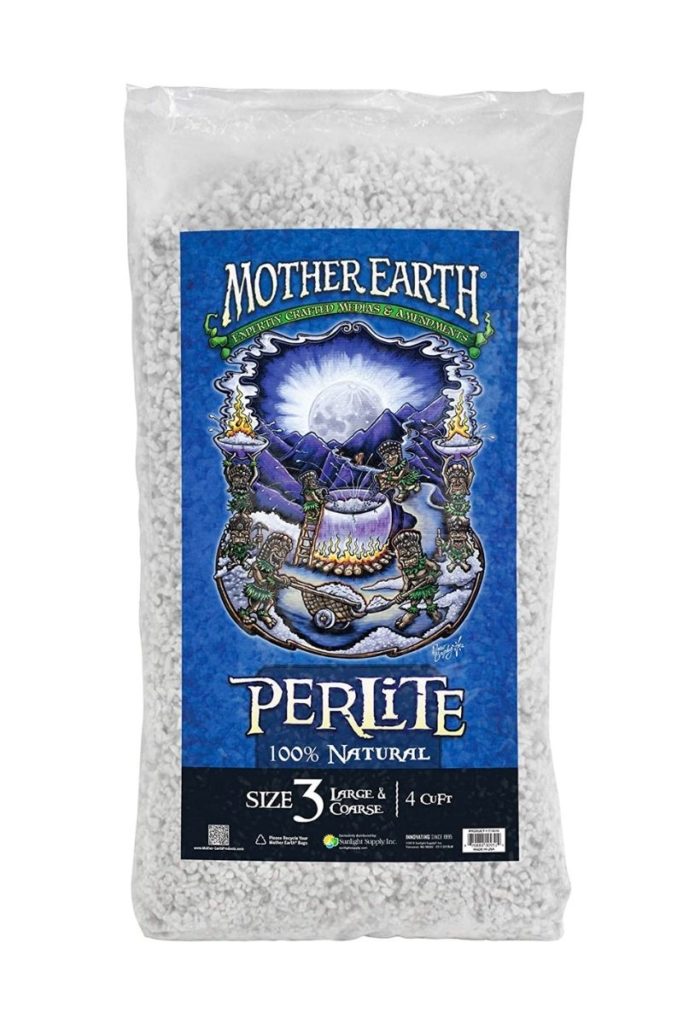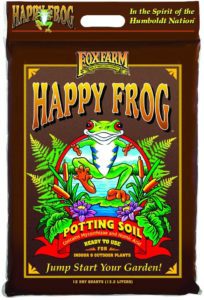Key takeaways:
- Potting soil can provide nutrients to plants
- Commercial mixes often have synthetic chemicals
- Homemade potting soil is a better option
- Use organic and sustainable materials
- Coco coir and peat moss retain moisture and provides a quality base
- Vermiculite, perlite, and sand improve soil structure and moisture retention
- Compost and worm castings add nutrients and improves soil structure
The single most important thing for plant life is its ability to receive nutrients and plants receive most of their nutrients from the soil.
As you can imagine, your potting soil is a pretty important part of a healthy, thriving indoor plant. And with so many types of soil to choose from, it can be tricky to know how to make potting soil for indoor plants.
Get it wrong and your plants will wither and drop leaves in the complaint.
To ensure your success when container gardening, you can put together your own soil for indoor plants. High-quality potting soil can be difficult to find, as commercial mixes usually have synthetic chemicals or other unwanted ingredients.
A proper homemade potting soil mix will take into account the individual needs of your indoor plants, as well as prioritize the use of organic and sustainable materials (ie food scraps).
Let’s dig in! (*pun intended*)
How to make potting soil for indoor plants
Using your own potting mix ingredients (instead of purchasing bagged soil conveniently labeled as “for indoor plants”) provides you with more control over the nutrients that your plants receive.
The best soil mixes will incorporate a wide variety of potting soil ingredients, including perlite, coco coir, peat moss, vermiculite, coarse sand, and compost, which I’ll go over in this post.
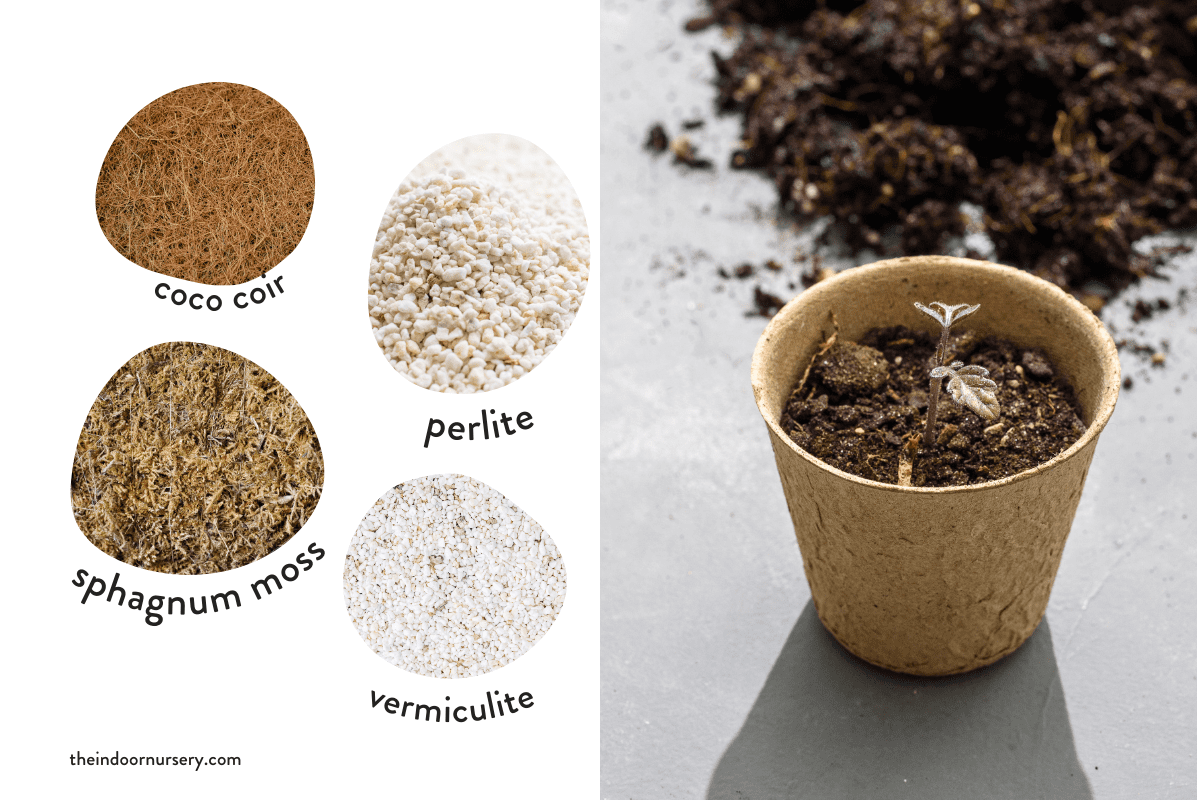
What I will tell you right now is that no matter the combination of ingredients, worm castings have been the most impactful in terms of plant health and growth.
Perlite
What it’s good for: Perlite is commonly used to promote drainage and aeration for potted plants.
Plants that love it: Cacti, succulents, and any indoor plants that require well-draining potting soils.
Perlite is a volcanic glass that naturally occurs when obsidian is hydrated. The perlite used in homemade potting soil is an expanded version of this product—when the volcanic glass is heated to a high enough temperature, it expands and turns bright white in color.
Perlite is used as an amendment for a DIY potting soil mix to prevent soil compaction, provide drainage, and promote aeration. If your indoor plants are experiencing root rot, perlite is the answer to your problems!
Most homemade potting soils will use some amount of perlite to prevent soil compaction and other improved drainages.
pros
- Helps prevent root rot by increasing soil aeration.
- An important component in succulent potting soil (along with coarse sand).
cons
- Perlite is a non-renewable resource.
Coir fiber
What it’s good for: Coco coir is used to retain moisture and provide a quality base for a homemade potting soil mix.
Plants that love it: Almost any plant will thrive in coco coir with the addition of soil conditioning amendments.
Coconut coir—also called coco coir or coco fiber—is a growing medium created from the husks of coconuts. Unlike traditional potting soil, coir fiber is relatively inert and will never come with weed seeds or plant pests (at least until you add compost or other amendments).
Coco coir comes in dehydrated, compressed bricks that must be rehydrated before use. When compared to regular potting soil, compressed coir fiber is easier to carry, transport, and store indefinitely. It is an excellent base medium for growing potted plants.
pros
- Coconut coir is a renewable resource, making it a sustainable choice for homemade potting soil.
- Makes an excellent substitute for unsustainable peat moss and sphagnum peat moss products.
- Helps retain moisture in soil for indoor plants.
cons
- Depending on your location, coco coir is sometimes difficult to source.
- Does not contain any nutrients, requiring you to supplement with compost or organic fertilizer.
Peat moss
What it’s good for: Peat and sphagnum peat moss have excellent water retention properties.
Plants that love it: Many vegetable and fruit plants enjoy the low pH of peat moss.
Peat moss is a common soil amendment that is harvested from peat bogs in Canada, the UK, and other locations. The harvesting of peat moss is generally considered to be unsustainable for the environment. While it is an organic material, it grows at an incredibly slow rate, which basically renders it non-renewable. Peat moss can make the soil too acidic for some plants, so limestone is often added to neutralize the pH.
Sphagnum peat moss, also just called sphagnum moss, is a related but different material. Peat moss usually has the appearance of soil, while sphagnum peat moss may appear similar to a living moss. Peat moss has been used in houseplant soil mixes for decades but is slowly being replaced by sustainable alternatives.
pros
- Peat moss and sphagnum moss promote water retention.
- Peat moss and sphagnum moss will decompose slowly, releasing nutrients over a long period of time.
cons
- Peat moss and sphagnum moss are being harvested at unsustainable rates, and more environmentally-friendly alternatives are available.
Vermiculite
What it’s good for: Vermiculite retains water and promotes good soil drainage.
Plants that love it: Any species that appreciates moist soil.
Vermiculite acts somewhat like a sponge, absorbing moisture to capacity and allowing the rest of the water to drain away. Plant roots can grow alongside the vermiculite particles and access water as needed. Potting soil mixture for most plants will often incorporate at least a small amount of vermiculite due its excellent water retention properties.
pros
- Vermiculite holds water for a longer period of time than other media.
- Can be reused in the garden, as it does not decompose.
cons
- When used in container gardening, vermiculite may retain excess water for certain species.
Compost, fertilizer, worm castings
What it’s good for: Provides nutrients and organic material, which promotes healthy plant growth.
Plants that love it: All indoor and outdoor plants require soil nutrients from compost, fertilizer, or worm castings to properly grow.
Homemade potting soil requires the addition of nutrients, which can come from compost, organic granular fertilizer, worm castings, and other options. Compost can be created from all sorts of decomposing plant materials, such as pine bark, leaves, food scraps, composted wood chips, and more. Soaking compost in water creates compost tea, which acts as a liquid fertilizer in soil for indoor plants.
No other combination of ingredients has ever had quite an impact on my plants as worm castings.
Worm castings are the leftover product when worms are introduced to decomposing organic material. Other fertilizers are also available, usually in liquid or salt form. If you need a certain size of organic compost, look for “screened compost.”
To increase the available nutrients for your plants, mix potting soil with worm castings, compost, or fertilizer. Adding organic fertilizers can also revitalize old potting soil and make it usable again. Bagged soils often incorporate synthetic fertilizers, which causes many eco-conscious gardeners to create their own homemade potting soil using organic nutrition.
pros
- Organic fertilizers are a sustainable method for adding nutrients to your homemade potting mix recipe.
- Some sort of organic nutrients are required for healthy plant growth.
- Some options, such as composted wood chips, can also help with water retention.
cons
- Can be expensive or time-consuming to acquire.
Best soil mix for indoor plants
Depending on what kind of plant you have, you’ll want a different mix of the ingredients we just went through. Here are a few indoor plant soil mix recipes to try:
For tropical and flowering plants
The combination of perlite plus coco coir or peat moss in your homemade potting mix recipe will provide the right balance of moisture and adequate drainage.
Tropical plants enjoy water, but won’t grow well if their roots stay in excessive moisture. A large amount of compost or nutrients is required for lush growth and beautiful blooms.
A good potting soil mix tropical flowering plants may include:
- 35% composted bark or composted wood chips (or any quality compost that you have on hand)
- 35% pine bark
- 20% perlite
- 10% coco coir or peat moss
Or something like this soilless mix would be great:
THE CHONK. Chunky Soil-Less Potting Medium
This premium plant mix, carefully hand-mixed with wood bark, pumice, and Sphagnum peat moss promotes healthy root growth and prevents root rot. Perfect for all indoor plants, this small batch mix is designed to increase air access, avoid common soil issues, and can be used in soil or semi-hydro setups.
For cacti and succulents
Most cacti and succulents prefer well-draining soil, as they are used to arid, dry regions. Inorganic material (sand and perlite) is an important part of a succulent potting soil mixture, as it won’t break down and provides aeration and drainage for the root system.
A DIY potting soil recipe for cacti and succulents may include:
- 40% coarse sand
- 35% coco coir or peat moss
- 20% perlite
- 5% compost, worm castings, or other organic fertilizer
Here are a few soil mixes that contain a good balance of these elements:
For seed starting
Most seeds enjoy moisture, heat, and a small amount of nutrients. Coco coir and peat moss provides the moisture retention in this homemade potting mix, while a touch of compost or worm castings will provide the seeds and initial plant roots with the nutrients they need.
A homemade potting soil recipe for seed starting may include:
- 75% coco coir or peat moss
- 10% perlite
- 10% vermiculite
- 5% compost, worm castings, or other organic fertilizer
For houseplants (🥇 my personal homemade soil mix)
Homemade houseplant potting soil incorporates a balanced mix of perlite, vermiculite, and coarse sand, with a heavier addition of coco coir or peat moss. Houseplant soil mixes can use any type of nutrient source, including compost, worm castings, or other fertilizers.
I’ve found adding a good amount of worm castings to the potting soil significantly improves plant health and growth. It’s my secret ingredient in my soil mix because no other combination of ingredients has ever had quite an impact on my plants as worm castings.
A good all-purpose potting mix for houseplants may include:
- 30% compost or worm castings
- 25% coco coir or peat moss
- 15% perlite
- 15% vermiculite
- 15% coarse sand or store bought potting soil
If you do choose to go with store bought soil, then I recommend Happy Frog as a brand in general:
For potted vegetables
Potted vegetables and houseplants require a similar potting soil recipe, but vegetable plants will generally require more nutrition in order to properly fruit. Vegetables prefer a soil pH between 6.0 and 7.0. To encourage root growth, use the highest quality compost or fertilizer that you have access to.
Potting soil ingredients for indoor vegetables may include:
- 40% compost or worm castings
- 30% coco coir or peat moss
- 15% vermiculite
- 15% perlite
- Additional Vegetable-Specific Nutrient Amendments (optional)
More How To Guides
- How To Get Rid Of Scale On Plants
- DIY Terrarium Table: How To Make A Table With Plants Inside
- How to Use Leca for Plants: Step-by-Step Guide with Pictures
- How To Use Grow Lights For Indoor Plants
- How To Propagate Peperomia Plants 2 Ways
- DIY Propagation Box With Grow Light
- How To Make Pothos Fuller (In 5 Minutes)
- How to Make a Moss Pole for Your Climbing Plants
- How to Make Potting Soil for Indoor Plants, Plus My Secret Ingredient
- How to Propagate a Split-Leaf Philodendron: Easy Step-by-Step Guide

